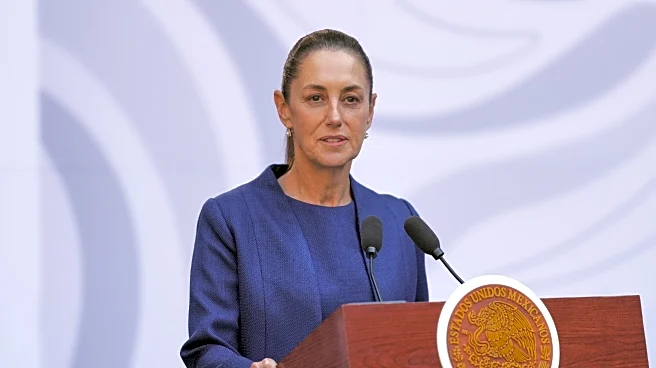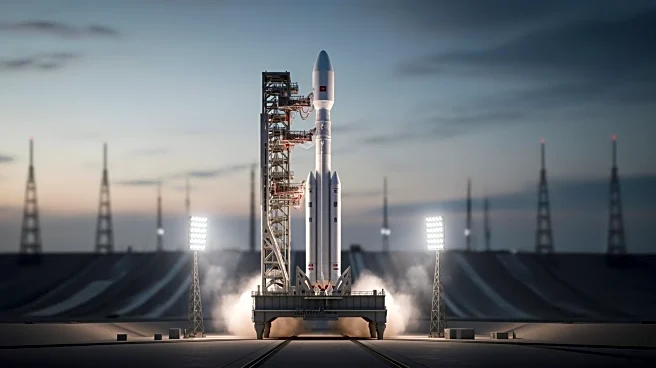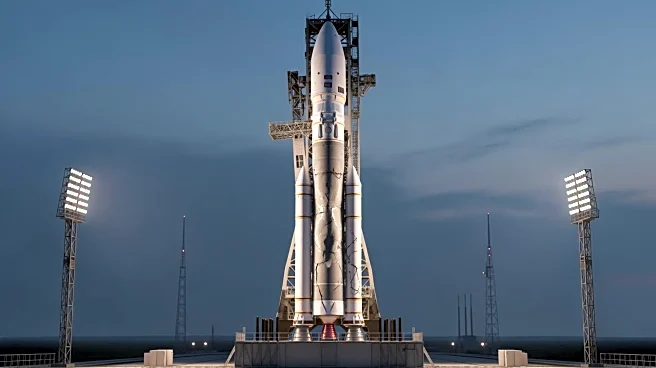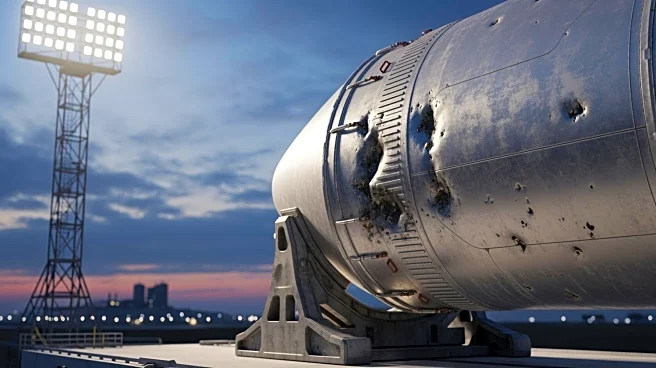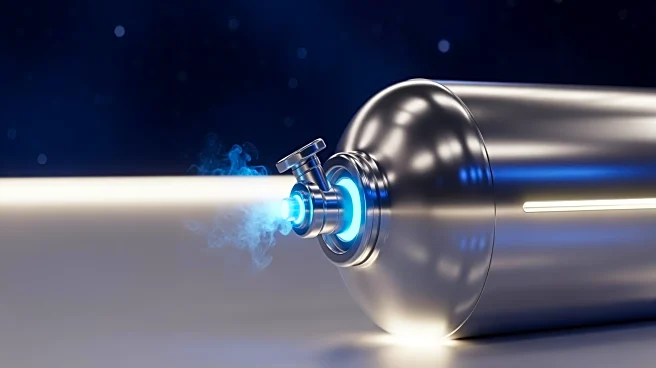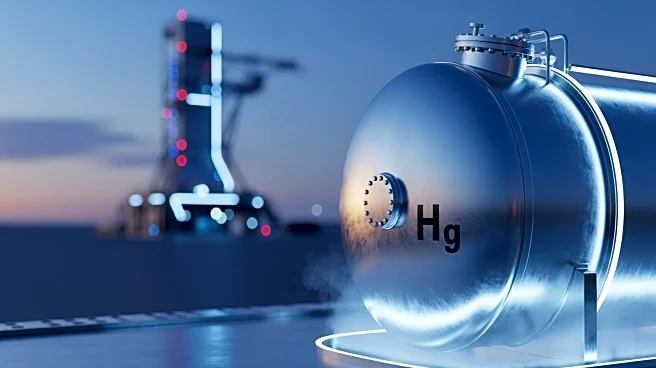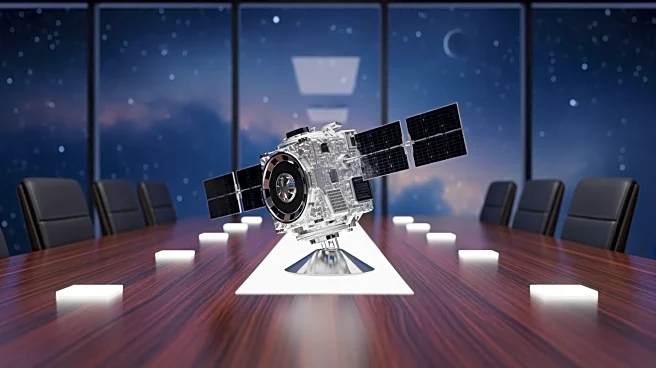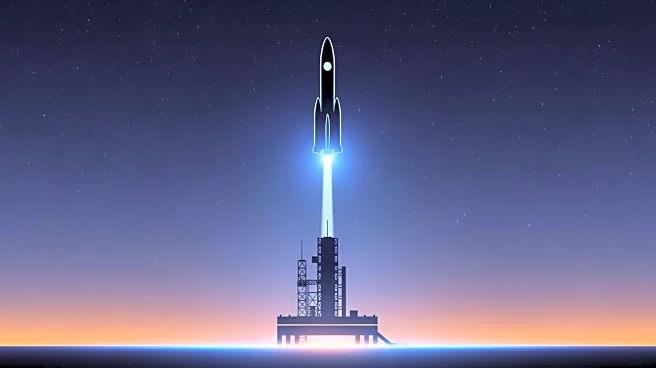What's Happening?
SpaceX's Starship first-stage booster, known as Booster 18, experienced significant damage during its initial testing phase at Starbase, Texas. The incident occurred during a pressurization test, where the lower section of the rocket crumpled, leading
to speculation that the booster may be retired. This setback comes as SpaceX aims to validate improvements in the Starship V3 program, which includes design upgrades for enhanced reliability. The testing was part of structural and propellant-system verification at Massey's Test Site, close to Starbase's production facilities. Despite the rapid production line at SpaceX, the failure of Booster 18 highlights the challenges in scaling Starship into a reliable launch system.
Why It's Important?
The failure of Booster 18 is a critical event for SpaceX, as the company is under pressure to demonstrate rapid reuse and operational capabilities of its Starship boosters. This is particularly significant given NASA's reliance on SpaceX for the Artemis program, which includes an on-orbit refueling test scheduled for 2026. The incident underscores the technical challenges SpaceX faces in achieving a high-cadence launch system, which is essential for future missions, including crewed lunar landings. The setback may impact timelines and operational goals, affecting stakeholders such as NASA and commercial partners relying on SpaceX's advancements.
What's Next?
SpaceX is known for its ability to quickly diagnose and address failures, suggesting that the company will likely investigate the cause of the Booster 18 incident and resume testing. The focus will be on ensuring the reliability of the Starship V3 program and meeting critical deadlines for upcoming missions. Stakeholders, including NASA, will be closely monitoring SpaceX's progress, as the success of the Artemis program depends on the company's ability to overcome technical hurdles and deliver on its commitments.



